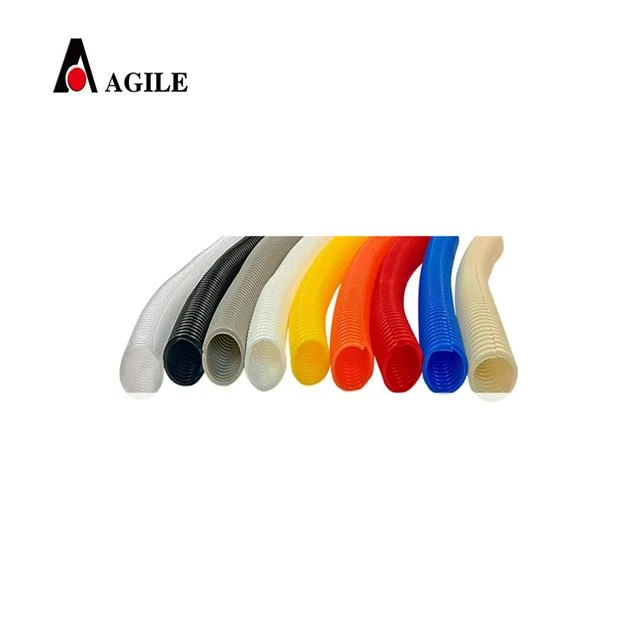high strength cable carrier
High Strength Cable Carriers Essential Components for Modern Industries
In today's fast-paced industrial landscape, the efficient and safe management of cables and wires has become increasingly critical. High strength cable carriers, also known as cable tracks or drag chains, have emerged as vital components in a wide range of applications, from manufacturing plants to robotics and automation systems. This article delves into the significance, design, and benefits of high strength cable carriers in modern industries.
Understanding Cable Carriers
Cable carriers are devices designed to guide and protect cables and hoses in dynamic environments where movement is integral. They consist of a series of interconnected links that create a hollow channel, allowing for cables to move freely while minimizing wear and tear. High strength cable carriers are specially engineered to withstand heavy loads and extreme conditions, making them suitable for industries that demand durability and reliability.
Material Composition and Design
The strength of a cable carrier is predominantly determined by its material composition and design. High strength cable carriers are typically made from robust materials such as polyethylene, nylon, or steel. These materials provide exceptional tensile strength, resistance to impact, and longevity. Additionally, many high strength cable carriers feature a modular design, enabling easy customization and adaptability to various operational requirements.
The design of high strength cable carriers also focuses on factors such as bending radius, the number of internal compartments, and the overall weight capacity. A carefully considered bending radius is essential to ensure that cables can move smoothly without stress, thereby enhancing their lifespan.
Applications Across Industries
high strength cable carrier

High strength cable carriers are utilized across various sectors, including manufacturing, automotive, aerospace, and robotics. In manufacturing plants, they help streamline operations by managing power and communication cables for machines and equipment. In the automotive industry, these carriers facilitate the safe movement of essential wiring harnesses in assembly lines and robotic arms.
In the aerospace sector, high strength cable carriers are crucial for managing cables in aircraft systems, where weight and reliability are paramount. Similarly, in robotics, they protect cables while allowing for a full range of motion, ensuring that robotic arms can operate efficiently without hindrance.
Advantages of High Strength Cable Carriers
The use of high strength cable carriers offers numerous advantages. One of the primary benefits is the enhanced protection they provide for cables and hoses. By shielding them from mechanical stress, abrasion, and environmental factors, these carriers significantly reduce maintenance costs and downtime due to cable failures.
Moreover, high strength cable carriers facilitate improved organization of cables within a workspace. This leads to a safer work environment, as the tangling of cables is minimized, reducing the risk of accidents. Additionally, the streamlined appearance of organized cables often contributes to improved aesthetics in industrial settings.
Conclusion
In conclusion, high strength cable carriers play a crucial role in the efficient operation of modern industries. Their robust design and adaptability make them indispensable tools for managing cables and hoses in dynamic environments. As industries continue to evolve and demand more reliable systems, the importance of high strength cable carriers will undoubtedly grow, driving innovation and enhancing operational efficiencies across various sectors. The future of industrial automation and manufacturing relies heavily on the effective integration of these vital components.








